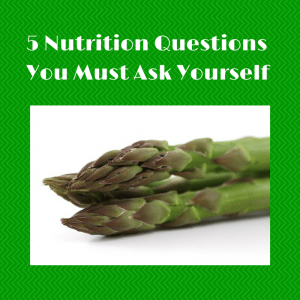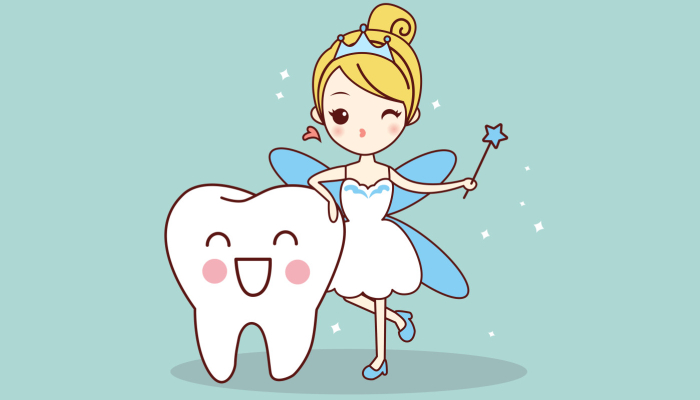Oh No … It’s Mono!
By Guest Blogger Kelly Gunzenhauser
I took my 9-year-old to the doctor after his teacher called to have me pick him up from school. He had been coughing off and on for a couple of weeks, and was complaining of having a headache. I was pretty sure the doctor was going to say that it was just a cold, and send us on our way—always a little embarrassing. Instead, the lab called late that evening and said, “Your child has mono.” Most people’s response to this has been, “Isn’t he a little young for that? Heh heh.”
Here are some mono facts:
- Mononucleosis is usually caused by the Epstein-Barr virus.
- It is spread through contact with saliva (hence the nickname “kissing disease”), but you can also get it from mucus or even possibly tears. If you share a glass or a toothbrush with someone carrying mono, look out.
- It takes about 4–6 weeks after exposure for symptoms to show up.
- It also takes two weeks after the first symptoms for a blood test to come back positive for mono, so you may have to go back for a second blood draw to be sure you have it.
- Most adults have been exposed to mono. If you don’t remember having it, it’s probably because you were young and had mild symptoms.
Once they arrive, the symptoms often look like other things. My kid had a rash a couple of weeks ago. It looked vaguely poison-ivy like, so I rubbed Benedryl cream on it and gave him a Benedryl dose, and it went away in a couple of days. Turns out that a mild rash is a symptom of mono. Then the cough came and went for a while. Lately it’s been paired with a headache, and he’s been tired and cranky for a while now. We are a busy family, so I chalked being tired up to business as usual, since he’s played and had sleepovers and been active in sports without complaining more than usual. I decided to take him to the doctor only when I squeezed his neck and felt these incredibly swollen lymph nodes, like giant marbles.
Other symptoms can include a horribly sore throat, fever with chills, and an enlarged spleen. This last one is important since people with mono are usually restricted from contact sports and rough activity due to danger of rupturing the spleen. (In case you’re wondering, a ruptured spleen apparently bleeds a ton, which is part of the danger.) My kid is not allowed to finish his basketball season and cannot participate in PE. And he can’t tackle his brother to the ground with a bone-jarring crash, which may be the worst deprivation of all.
So except for the spleen part, this sounds like a mostly normal virus, but unfortunately mono is kind of a gift that keeps on giving. Mono symptoms can be more severe for some, less so for others. But they can last a long time. For many people, it takes at least a month to start feeling normal again. Some can feel the fatigue for much longer.
The body has to heal itself since this is a virus , so treatment for mono is basically symptom-based. Sufferers can feel better by eating healthy food, getting as much rest as possible to combat the fatigue, drinking lots of fluids, and taking over-the-counter medicines to soothe sore throat and other discomfort. And of course there is also that no roughhousing part.
I was so surprised when the doctor ordered this blood test; mono never would have occurred to me. And though it’s a little scary (ruptured spleen!), it’s comforting to remember that by adulthood most people have already been exposed and have fought off the bug with no complications. Now if only he can recover by the time baseball season rolls around.








Very informative! Thank you!